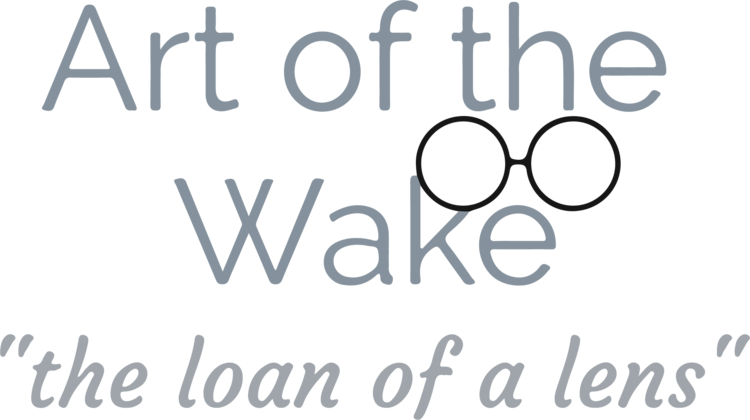Now that she has finished narrating the battle Kate, leads us out from the exhibition with "This way the museyroom. Mind your boots goan out.” As we have said before, this is symbolic of death, as we are carried on our final journey feet first. We leave Kate, the museum guide, behind and arrive outside to where the “gnarlybird” is running about on the battle field among the corpses. Kate and the bird are inextricably linked throughout the book. Kate, the cleaner knows the secrets of HCE’s family, while the bird, often in the form of a hen, scratches about unearthing letters that expose his misdemeanours. Both are also representations of Anna Livia.
In this illustration, the gnarlybird, as both hen and egg, scratches about and uncovers some of the text of page 10 of the Wake itself. The concept appealed to me as it echoed my own experience of reading and understanding the masterpiece. I love that image of the hen scratching, picking, and finding little bits of treasure. If you have ever observed these birds, they don’t look down at what they are scratching, they look about them as they scuffle the earth with their feet. Their gaze is set on the world about them until they know that they have uncovered something. I see myself like the scratching hen excavating the Wake, uncovering bits and pieces as I go. But I cannot truly enjoy it unless I lift my head out of it and look at the world that Joyce comments on. One of the great joys of Finnegans Wake is that it’s a portal into so many other sources of information.
Notice the shift in language as we move from the historic to the domestic. The domestic is often one of gentle contrasts: "then...now", "High Downadown." These contrasts--and the apparent separation of the domestic from the historic (as we have learned from reading the Wake so far), is merely an illusion: then and now and will be; myth and history and individual experience--these things are inextricable in the world of the Wake.

